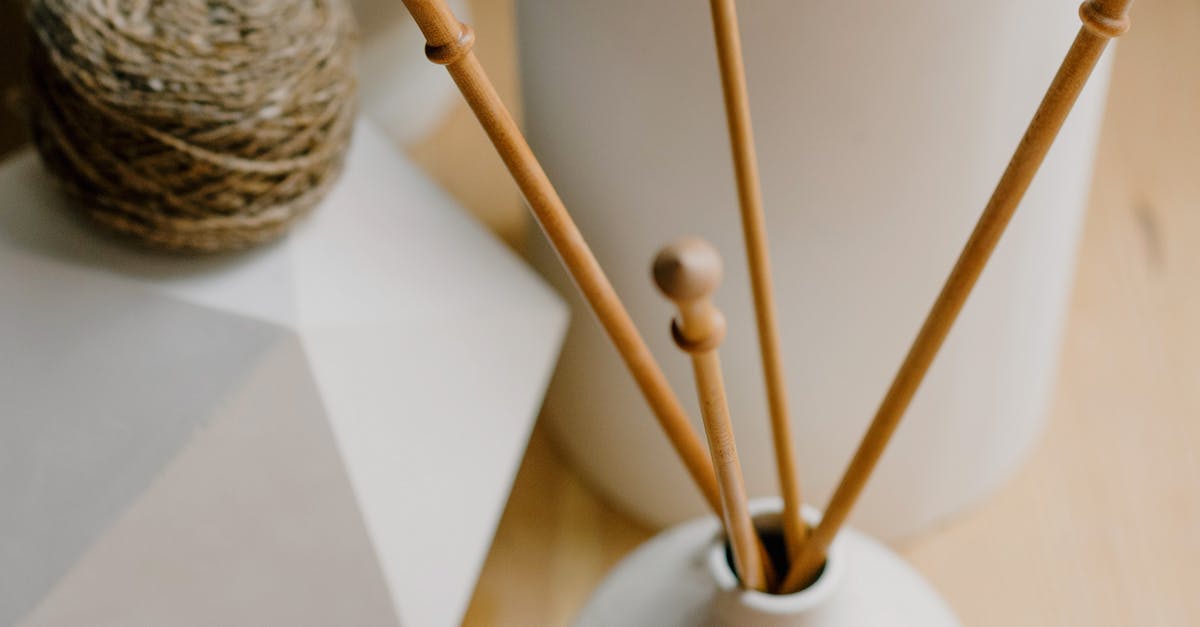Crocheting is a versatile and beloved craft that allows for endless creativity and expression. One of the key elements that sets apart crochet projects is the variety of stitches that can be utilized. Whether you’re a beginner or an experienced crocheter, mastering different crochet stitches can take your creations to the next level. In this article, we’ll explore 8 vital techniques that every crocheter should know, with a focus on Tunisian, support and hairpin lace, as well as freeform crochet.
1. **Single Crochet (sc)**: The single crochet stitch is one of the most basic and essential stitches in crochet. It creates a dense fabric and is often used for amigurumi, dishcloths, and other projects that require a sturdy texture.
2. **Double Crochet (dc)**: Double crochet is another fundamental stitch that is taller than the single crochet. It works up quickly and is commonly used in blankets, scarves, and garments.
3. **Half Double Crochet (hdc)**: The half double crochet stitch is a versatile stitch that falls in between the height of a single crochet and a double crochet. It provides a nice balance between density and drape, making it suitable for a variety of projects.
4. **Tunisian Crochet**: Tunisian crochet is a unique technique that combines elements of crochet and knitting. It creates a dense, textured fabric with a distinct look. By using a special Tunisian crochet hook with an elongated shaft, crocheters can work stitches across multiple loops to create intricate patterns and designs.
5. **Support and Hairpin Lace**: Support and hairpin lace techniques involve using a specialized tool called a hairpin lace loom. By wrapping yarn around the prongs of the loom and joining loops with crochet stitches, crocheters can create delicate and lacy fabric with intricate designs. Support and hairpin lace add a touch of elegance to projects like shawls, scarves, and afghans.
6. **Freeform Crochet**: Freeform crochet is a liberated and artistic approach to crocheting without a specific pattern. Crocheters can experiment with different stitches, colors, and textures to create unique and one-of-a-kind pieces. Freeform crochet encourages creativity and allows for endless possibilities in design.
7. **Shell Stitch**: The shell stitch is a decorative stitch that creates a scalloped edge or textured pattern. It consists of multiple stitches worked into the same stitch or space, creating a shell-like motif. Shell stitch is often used in blankets, shawls, and accessories to add visual interest and texture.
8. **Invisible Join**: The invisible join is a technique used to seamlessly finish off a crochet project without a visible seam. By slip stitching into the first stitch of the round and then weaving in the ends, crocheters can create a polished and professional-looking edge.
By mastering these 8 vital techniques in crochet stitches, including Tunisian, support and hairpin lace, as well as freeform crochet, crocheters can enhance their skills and create stunning projects with intricate designs and textures. Experimenting with different stitches and techniques opens up a world of possibilities in the world of crochet, allowing for endless creativity and inspiration. So pick up your crochet hook, explore these techniques, and let your creativity soar!


